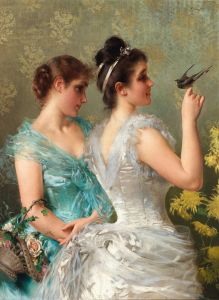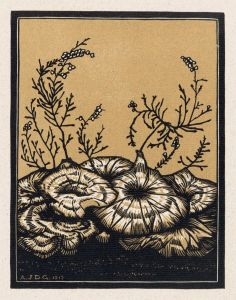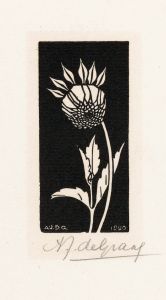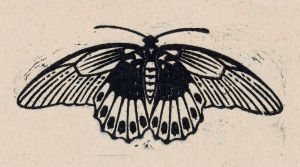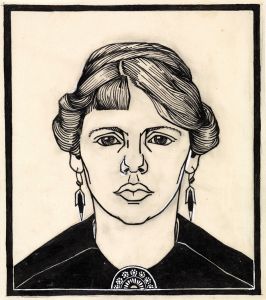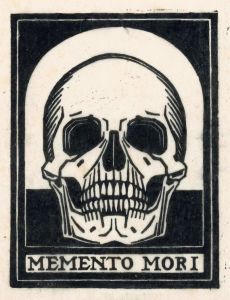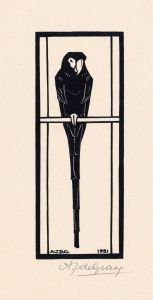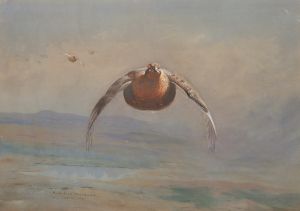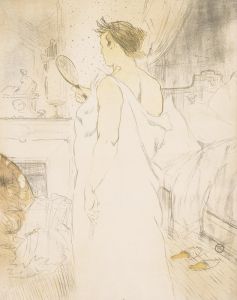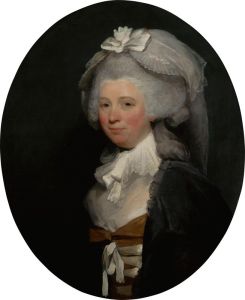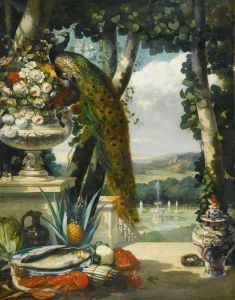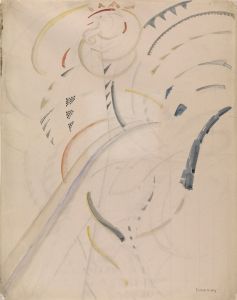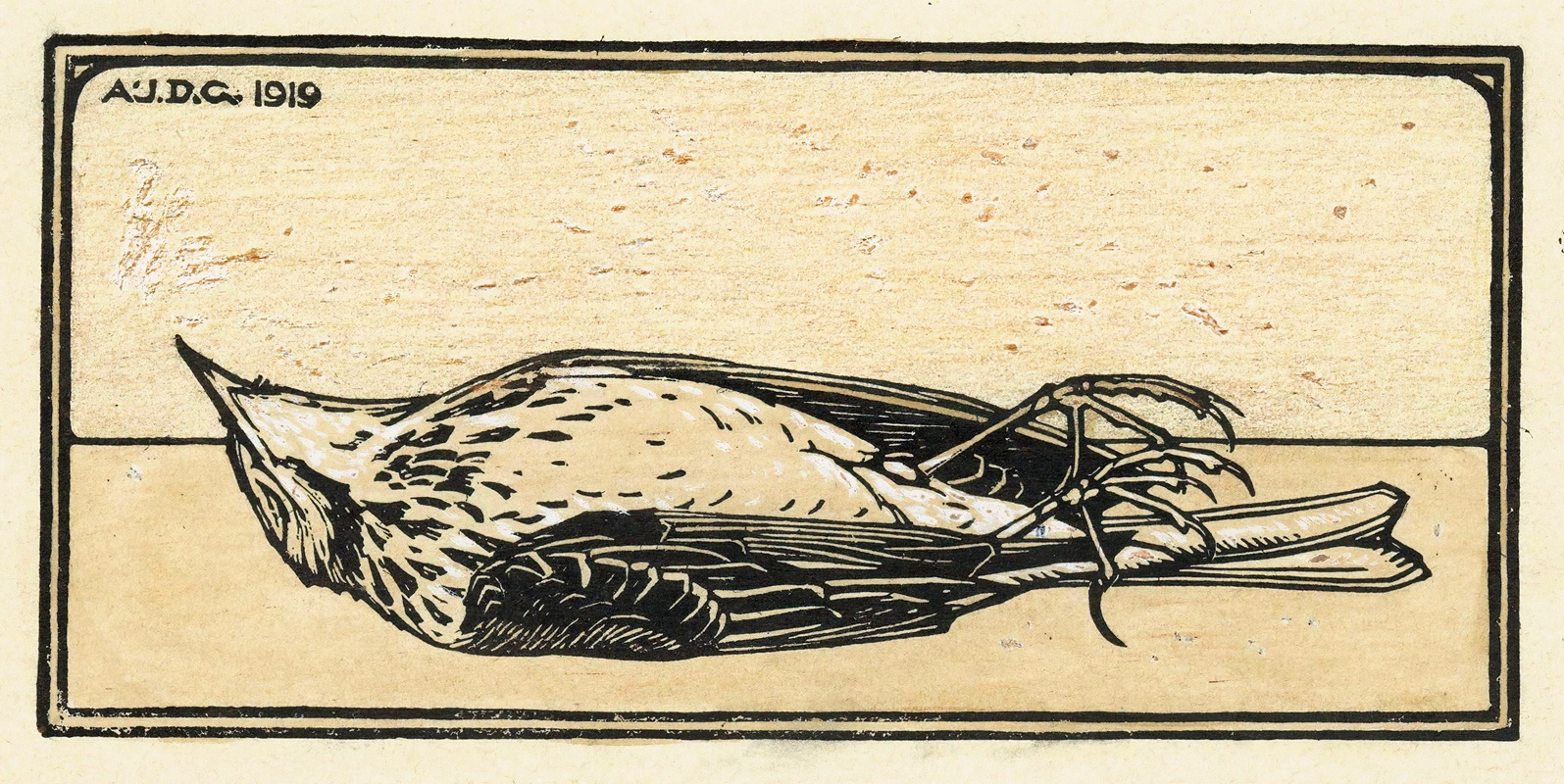
Dood vogeltje
A hand-painted replica of Julie de Graag’s masterpiece Dood vogeltje, meticulously crafted by professional artists to capture the true essence of the original. Each piece is created with museum-quality canvas and rare mineral pigments, carefully painted by experienced artists with delicate brushstrokes and rich, layered colors to perfectly recreate the texture of the original artwork. Unlike machine-printed reproductions, this hand-painted version brings the painting to life, infused with the artist’s emotions and skill in every stroke. Whether for personal collection or home decoration, it instantly elevates the artistic atmosphere of any space.
Julie de Graag was a Dutch artist known for her distinctive style and contributions to the early 20th-century art scene in the Netherlands. One of her notable works is "Dood vogeltje," which translates to "Dead Little Bird" in English. This piece exemplifies her unique approach to art, characterized by a blend of simplicity and emotional depth.
Julie de Graag was born on March 18, 1877, in Gorinchem, Netherlands. She studied at the Royal Academy of Art in The Hague, where she developed her skills and artistic vision. De Graag was part of the Dutch Art Nouveau movement, which was known for its emphasis on decorative arts and organic forms. Her work often featured natural subjects, rendered with a keen eye for detail and a minimalist aesthetic.
"Dood vogeltje" is a fine example of de Graag's ability to convey emotion through simplicity. The artwork depicts a small, lifeless bird, capturing a moment of stillness and evoking a sense of melancholy. De Graag's use of line and form is precise, yet the composition remains understated, allowing the viewer to focus on the subject's poignant stillness. The choice of a dead bird as a subject may reflect themes of fragility and the transient nature of life, common motifs in de Graag's work.
De Graag's artistic style was influenced by the broader Art Nouveau movement, but she also incorporated elements of Japanese art, which was popular in Europe at the time. This influence is evident in her use of clean lines and an emphasis on simplicity, which can be seen in "Dood vogeltje." Her work often featured a limited color palette, focusing instead on the interplay of light and shadow to create depth and texture.
Throughout her career, Julie de Graag exhibited her work in various galleries and exhibitions, gaining recognition for her unique artistic voice. Despite facing personal challenges, including health issues, she continued to produce art that resonated with audiences for its emotional clarity and technical precision.
"Dood vogeltje" is part of a broader body of work that showcases de Graag's fascination with nature and the delicate balance between life and death. Her ability to capture the essence of her subjects with minimalistic detail is a testament to her skill as an artist. Today, her work is appreciated for its contribution to Dutch art and its reflection of the cultural and artistic currents of her time.
Julie de Graag passed away on February 2, 1924, but her legacy lives on through her art, which continues to be studied and admired for its beauty and emotional depth. "Dood vogeltje" remains a poignant example of her ability to convey complex emotions through simple, yet powerful imagery.





